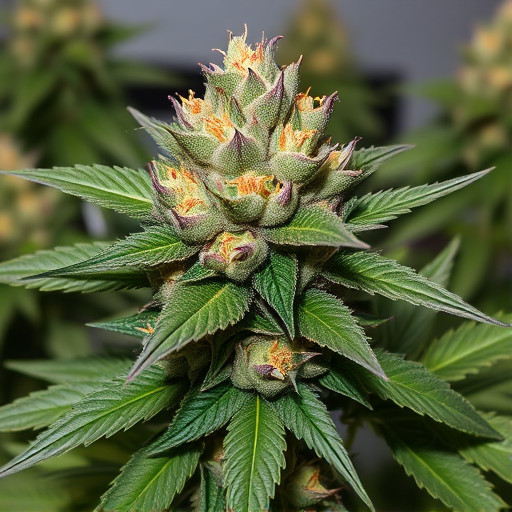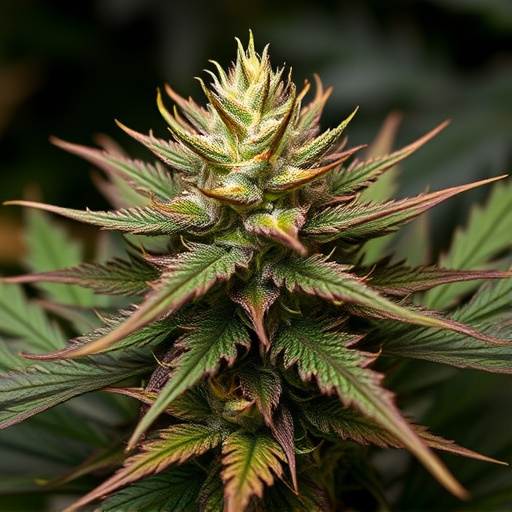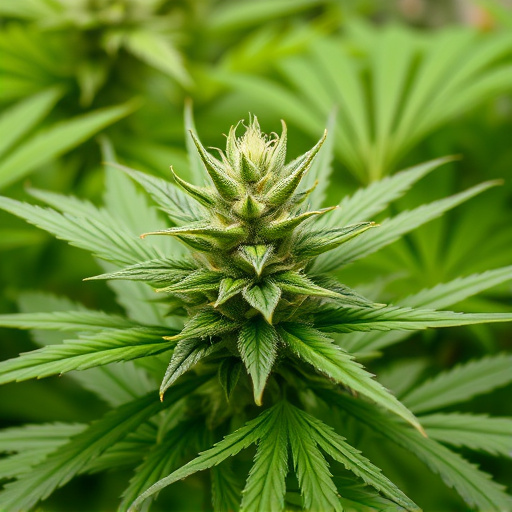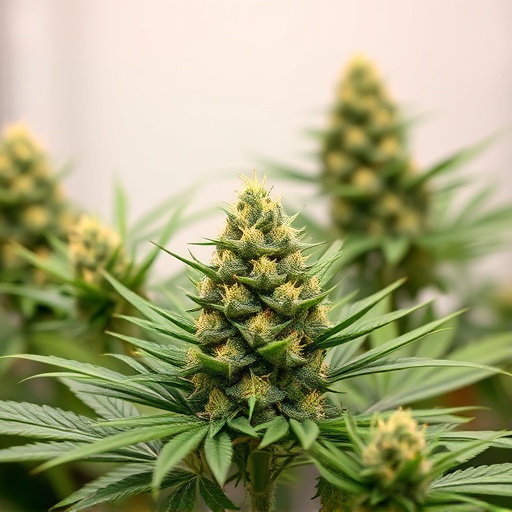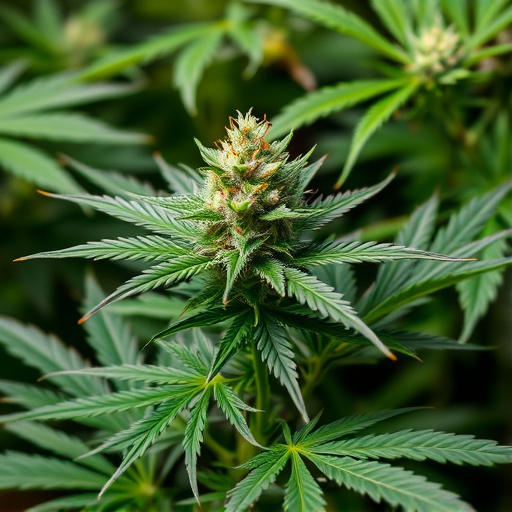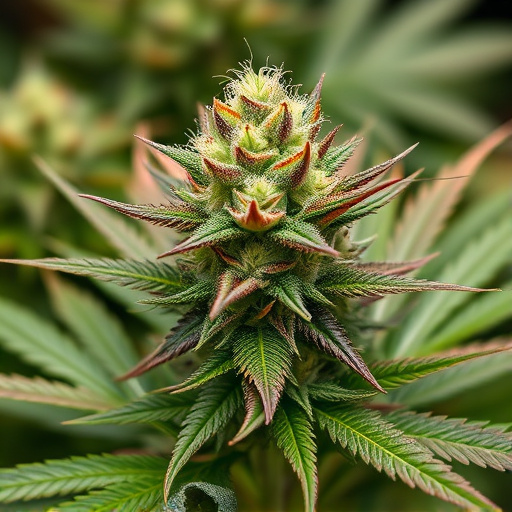The latest newest strains of cannabis highlight the differences between full-spectrum and isolated cannabinoids. Full-spectrum extracts, including terpenes and flavonoids, offer a range of effects, while isolated cannabinoids like CBD or THC provide targeted benefits. The trend sparks interest in understanding cannabinoid interactions within the plant and their impact on the endocannabinoid system. This debate revolves around which method offers the most effective and balanced cannabis treatments, as the cannabis industry introduces novel strains with diverse profiles tailored to various consumer needs.
Unraveling the distinct world of cannabinoids, we present a comprehensive comparison between full-spectrum and isolated variants. This article aims to guide you through the intricacies of these chemical compounds found in cannabis plants, shedding light on their unique attributes. From the scientific perspective, we explore how these differences impact the user experience. Additionally, we delve into the latest trends among cannabis strains, highlighting the rise of novel varieties that cater to diverse preferences. Discover the benefits and considerations when navigating the ever-evolving landscape of cannabinoids and modern cannabis cultivation.
- Understanding Cannabinoids: Full-Spectrum vs. Isolated
- The Science Behind the Differences
- Exploring the Latest Trends in Cannabis Strains
Understanding Cannabinoids: Full-Spectrum vs. Isolated
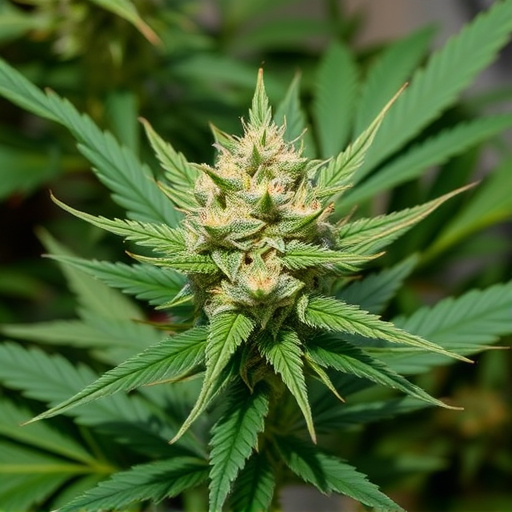
Cannabinoids are the chemical compounds responsible for the unique effects and therapeutic properties associated with cannabis. When discussing full-spectrum vs. isolated cannabinoids, understanding their distinct characteristics is essential. Full-spectrum cannabinoids refer to a type of extract that contains all the natural cannabinoids present in the plant, including minor compounds like terpenes and flavonoids. This preserves the original composition of the cannabis, often resulting in a more complex and diverse range of effects. On the other hand, isolated cannabinoids are single compounds extracted from the plant, such as CBD or THC, without any other components. While they offer targeted benefits, they may not replicate the full spectrum of effects experienced with whole-plant extracts.
The newest strains of cannabis often showcase sophisticated cultivation techniques that highlight these cannabinoid profiles, whether emphasizing full-spectrum benefits for a holistic experience or isolating specific compounds for tailored applications. This shift in cannabis consumption has led to increased interest in understanding how different cannabinoid combinations interact within the plant and how they affect the body’s endocannabinoid system.
The Science Behind the Differences
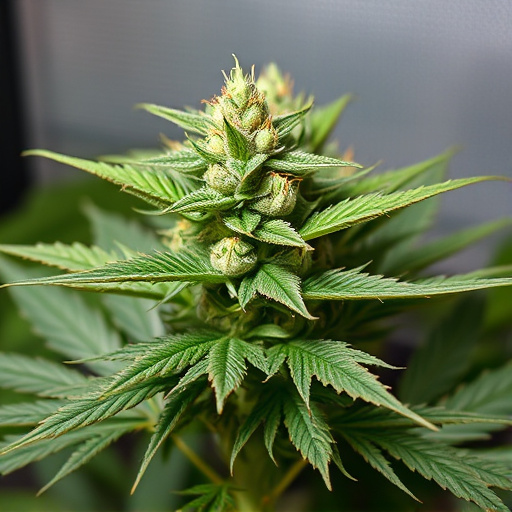
The science behind the differences between full-spectrum and isolated cannabinoids is a fascinating exploration into the complex world of cannabis chemistry. Full-spectrum cannabinoids refer to the entire range of chemical compounds found in the cannabis plant, including terpenes, flavonoids, and other minor constituents alongside the major cannabinoids like THC and CBD. This holistic approach preserves the natural balance and synergistic effects that occur within the plant.
In contrast, isolated cannabinoids are single compounds extracted from the plant, focusing solely on THC or CBD without the accompanying minor components. While this method allows for more precise dosing of specific cannabinoids, it may also mask the nuanced therapeutic benefits that result from the complex interplay between all the compounds present in the newest strains of cannabis. This difference underscores the ongoing debate about which approach offers the most effective and balanced cannabis-based treatments.
Exploring the Latest Trends in Cannabis Strains
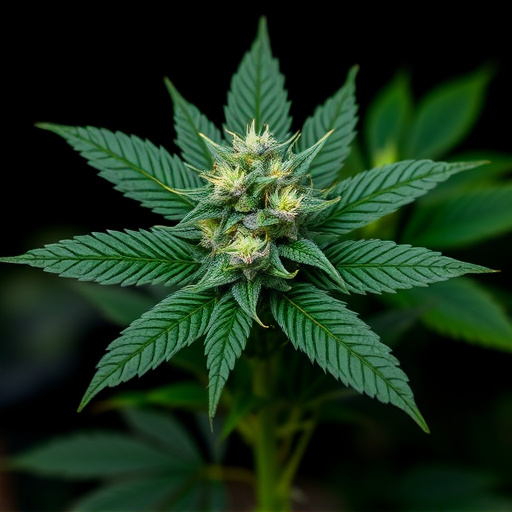
The world of cannabis is constantly evolving, with new strains emerging that offer unique experiences and potential therapeutic benefits. Exploring the latest trends in cannabis strains involves discovering a diverse array of profiles, from high CBD to potent THC variants and everything in between. These newest strains of cannabis are developed through meticulous breeding programs, aiming to enhance specific cannabinoid and terpene profiles to cater to varied consumer preferences and medicinal needs.
From indulgent, highly psychoactive strains for recreational use to meticulously crafted medical varieties, the market is saturated with options. Each strain boasts its own distinct aroma, flavor, and effects, appealing to cannabis enthusiasts seeking tailored experiences. This trend highlights a growing interest in understanding the intricate relationships between different cannabinoids and terpenes, pushing the boundaries of what’s available in the ever-expanding cannabis landscape.
In comparing full-spectrum and isolated cannabinoids, it’s clear that both have their merits. Full-spectrum offers a natural blend of terpenes and other compounds, potentially providing a fuller therapeutic experience. Isolated cannabinoids, however, provide pure, concentrated doses, making them convenient for targeted treatments. As the newest strains of cannabis continue to evolve, understanding these distinctions becomes increasingly important for consumers seeking tailored wellness solutions. Whether favoring the holistic approach or precision dosing, ongoing research ensures that both full-spectrum and isolated cannabinoids remain relevant in the ever-expanding cannabis landscape.






